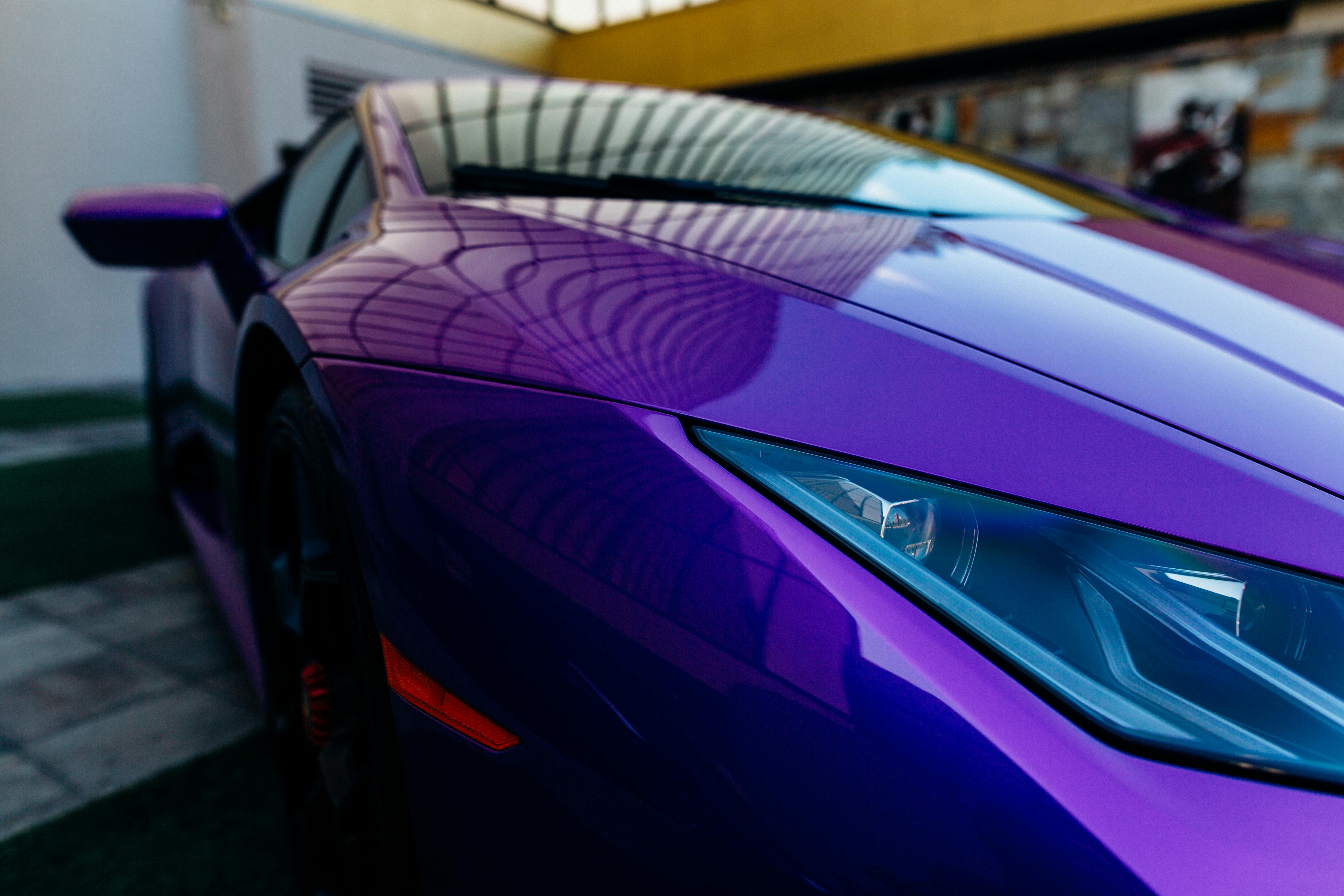The design of the surf fins is an essential component of every surfboard. Without this design element, the high-performance level of navigation would not be what it is today.
When a surfboard glides across the surface of a wave, the surf fins create traction that holds the board to the wave. Different fins can offer hugely unique surfing experiences. Slight differences in many of the design aspects of surfboards, such as the pitch of the fins and the sweep, can turn a surfboard you hate into a magic stick.
Fin depth is the distance from the bottom of the surfboard to the highest point of the fin, essentially the distance you will be underwater. A deeper surfboard fin will sit lower or deeper in the water and therefore more stable than a shallow one. However, if the depth is too great, the surfboard will feel very stiff. On the other hand, if your surf fins are not deep enough, you will be skating all over the wave uncontrollably.
Another design feature, the flex of the fin, contributes to the overall handling of the surfboard. A skeg that is very flexible tends to be more forgiving and will allow you to turn your surfboard more easily. One that is too stiff will make your surfboard more stable but harder to turn.
There are countless configurations available for surfboards, but fin layouts are only differentiated by two important elements: surface and location. The combined surface area of all the fins under the surfboard determines how easy it is to control the board. A surfboard with fins that have a large area will create greater support and stability. This type of surfboard fins are ideal for heavy surfers.
Where you decide to place your surfboard fins on the bottom of your surfboard will have a huge impact on how responsive your surfboard is when trying to turn. When you place the fins on the bottom of your surfboard closer together, your surfboard will respond very well and it will be easy to turn. By moving the surfboard fins away, it will make your surfboard less responsive, but it will help you surf double overhead when you need more stability and speed on the line.
There are three main classes of configurations: the single fin, the thruster (three fins) and the twin (two fins). It is very important to choose the surfboard fins that best suit your surfboard configuration. For example, if you notice that surf fins made for twins have a much larger fin depth and base than jet fins.
The single fin is mostly found on beginner surfboards and offers good control. Due to the control this setup offers, it is a popular choice for modern longboards. For this configuration, a 6 “-10” deep fin with a 6 “-8” base is optimal.
The most well-known configuration is the push configuration and it is seen on almost every high-performance shortboard today. The thruster generally has 4 “deep fins with a 3” -4 “base.
The twinner is less common, but can still be found on many short boards and fish boards. This setting offers superior speed, but can be difficult to control in big waves.
You will want to consider removable surfboard fins from a company like FCS or Future Fins. These companies manufacture the widest range of interchangeable surfboards of different designs. This also allows you to change the fins on and off your surfboard so that you can try out different design features.
